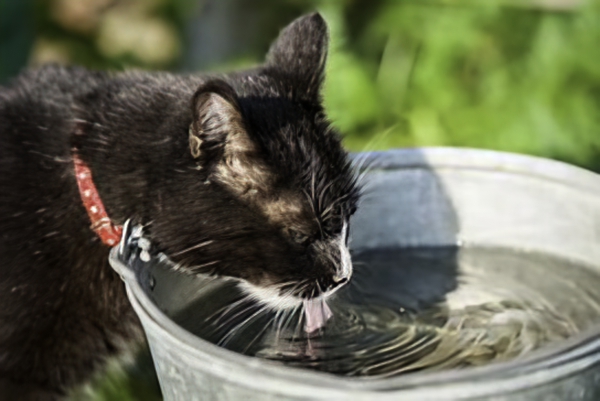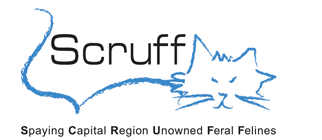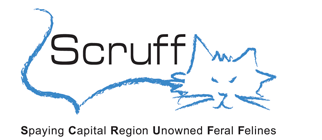Excerpts from: Beverly Forehand (barkleyandpaws.com)
It’s hard to be a feral or community cat. Spring and fall seem to last no time at all compared to cold, wet winters and scorching summers. For caregivers, summer brings a relief from worrying about ice, snow, and below zero temperatures, but has its own set of challenges including summer storms, heat advisories, and parasites. Simple kindnesses like providing shade and cool water and making sure that shelters are tick and flea-free can not only make feral kitties happier, but they can also save lives.
If you’d like to give your ‘community critters’ a helping hand this summer, here are a few things you can do to help:
Provide Shelter
There is no better way to beat the heat than a little shade. Offering feral and community cats a way to shelter from the sun is a great way to make their lives easier. Many pet and online stores offer shelters that are both insulated from the cold and reflective of sunlight and heat. But if you are making your own warm weather shelters, you’ll want to find material that is reflective of sunlight (light colors work best) and weatherproof.
Although you can find ready-made dog and cat houses at your local pet store, it’s easy enough to make them yourself and much cheaper. You might even want to make a day of it with friends or your children. Lots of websites offer great tips on crafting ‘cat houses’ for feral kitties or strays who might need a little TLC this summer. For a few examples check out the
Humane Society’s website, as well as Neighborhood Cat’s website and Alley Cat Allies. Although some of these designs are specifically for winter shelters, they can be used in summer as well.
If you do decide to use bedding or straw, you will want to change it every other week to keep the shelter clean and free of parasites. The most important thing is that the bedding be kept dry. So be sure to place your ‘cat house’ in an area sheltered from the wind and rain. Shaded areas will also help keep the heat to a minimum.

Fresh Water & Kibble
Be sure to place fresh water and kibble near (by not right beside) the shelters. Leaving food right beside the shelters will attract predators and make the shelters less attractive (and safe) for their occupants.
Place water bowls in the shade and make sure you choose light colors to reflect heat. You may even want to place a large block of ice in the center of the water dish so it can melt throughout the day and provide your community kitties with a cool treat. I’ve seen a few kitties who enjoy playing with ice chips in water, as well as licking ice.
As for food, dry kibble is the easiest to provide (cost-wise and because it doesn’t attract insects like ‘wet’ food). But if you can afford some canned cat food, it is always a welcome addition to a feral or stray cats’ diet. If you feed your feral community at a set time each day, the cats will quickly adjust to your schedule and show up while the food is still fresh from the can.
As a warning, the strong smell of ‘wet’ food does tend to attract hornets and other stinging insects, as well as flies. So be sure to clean up any food left after your feral kitties have had their fill.
Summer Precautions
There are also some very simple things you can do to protect outside cats, dogs, and other critters year-round like knocking on the hood of your car to warn animals who may’ve taken refuge there that you’re about to start the engine. You may also want to honk your horn once so they can take flight before you do. This is good advice summer and winter. Your car is an attractive patch of shade to critters who are trying to beat the heat.
If you chose to use fertilizers, mulch, or other garden care supplies, look for products that are pet-friendly, as well as plants that both you and your furry friends can enjoy. Many fertilizers, insecticides, and even mulches are toxic to animals and harmful to people. You can find animal-friendly products at most larger garden stores, or you might want to consider organic, do-it-yourself options, as well as plants that are pet (and child!) safe.
Summer pests like fleas, ticks, and mosquitos are another hazard to consider. You might not have the resources to apply tick/flea repellent to an entire colony of feral cats, but if you can afford Frontline or another similar product, they are the best option. Change water frequently because stagnant water attracts lots of unsavory biting creatures including mosquitoes. If you live in an area with ‘possums, they’re going to show up for the kibble you leave out and will probably munch a few ticks while they’re visiting.
Summer can be a beautiful time of year. Let’s make sure that it’s a safe and happy one for feral communities too.

